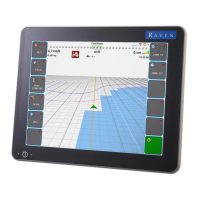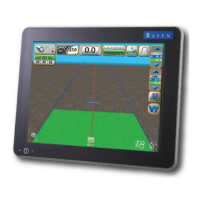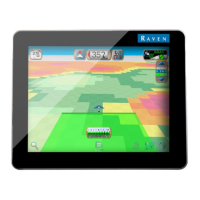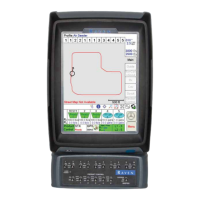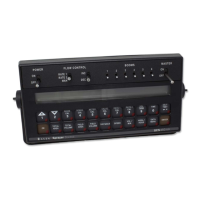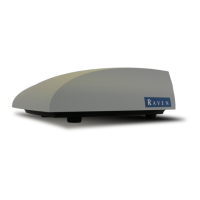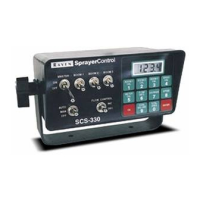Why doesn't the boom number turn green when turned on in Raven Viper Pro?
- DdavisheatherAug 30, 2025
If the boom number does not turn green when turned on, it could be because the boom is not set up properly, nodes are not completely programmed, or the boom is disconnected. Check the boom setup from the Setup menu. Check node calibration and ensure all calibration is completed. Check the connection and wiring to the boom.




